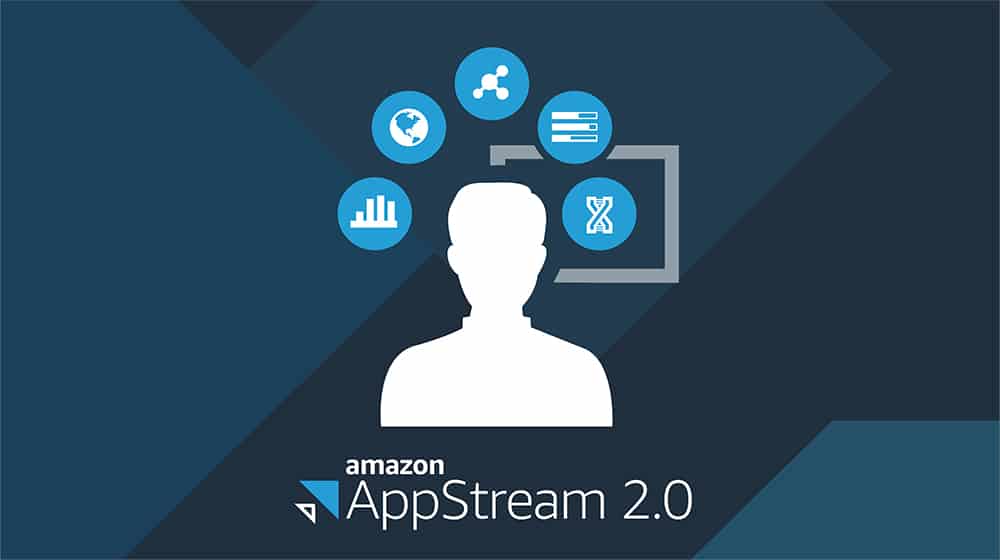Earlier this week, Amazon released AppStream 2.0 Desktop View, this feature enables customers to deploy a native desktop for your Amazon AppStream 2.0 environments. Previously, AppStream 2.0 streaming sessions only showed the windows of the applications that were launched (similar to Publishing Applications in Citrix) and customers were required to use Amazon Workspaces for the full desktop experience. With this launch, you can enable Desktop View on your AppStream 2.0 fleets, which provides the same desktop experience your users are used to with the existing non-persistent capabilities of AppStream 2.0. Desktop View is a great option for use cases in the commercial and public sector space.
In the commercial space, Desktop View can be deployed in many environments to address non-persistent desktops. Some key examples include: building or hotel kiosks, point of sale terminals, call center agent desktops and a myriad of other use cases. Desktop View for education is a great solution for lab environments, LMS kiosks and streaming of complex desktop applications like AutoCAD, MATLAB, and Argus. These types of GPU-intensive applications can now be deployed at a lower price point than the previous option of running on dedicated Amazon Workspace.
Some key features of Desktop View for AppStream 2.0 include the following:
Application and Data Security
Applications and data remain on AWS — only encrypted pixels are streamed to users. Applications run on an AppStream 2.0 instance dedicated to each user so that compute resources are not shared. Applications can run inside your own virtual private cloud (VPC), and you can use Amazon VPC security features to control access.
BYOD Device Portability
Your desktop applications can be accessed securely through a web browser on Windows and Linux PCs, Macs, Chromebooks, iPads, and Android tablets.
Performance at scale
AppStream 2.0 runs on AWS with access to compute capabilities not available on local devices, which means that your applications run with more consistent performance. Organizations can scale locally and globally, and ensure that your users always get a low-latency experience. Unlike on-premises solutions, you can quickly deploy your applications to the AWS region that is closest to your users and start streaming with no upfront costs.
Integration with existing AWS Services
- Integrate with your existing AWS services and youron-premises environments. By running applications inside your VPCs, your users can access data and other resources that you have in AWS. This reduces the movement of data between AWS and your environment and provides a faster user experience.
- Integrate with your existing Microsoft Active Directory environment. This enables you to use existing Active Directory governance, user experience, and security policies with your streaming applications.
- Configure identity federation, which allows your users to access their applications using their corporate credentials. You can also allow authenticated access to your IT resources from applications running on AppStream2.0.
Integration with existing persistent file storage – Amazon AppStream 2.0 supports the following persistent storage options for users in your organization:
- Home folders
- Google Drive for G Suite
- OneDrive for Business
For more information on AppStream 2.0 Desktop View, please contact [email protected]



